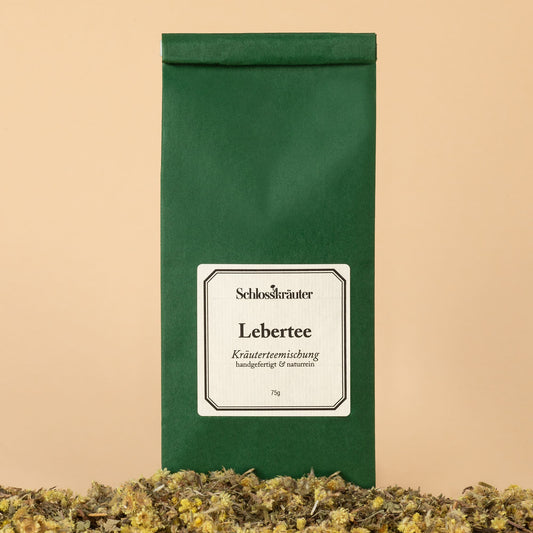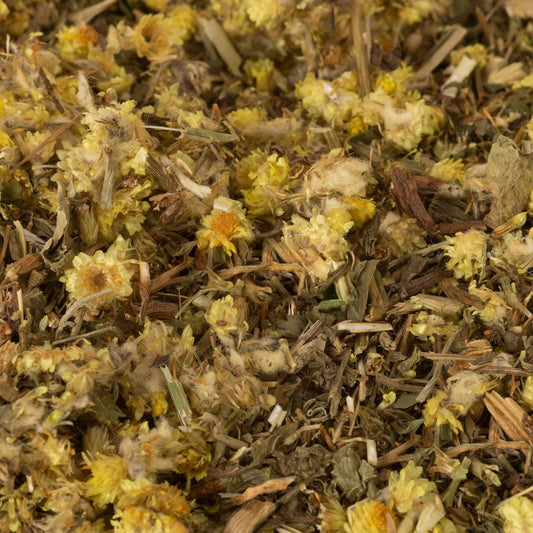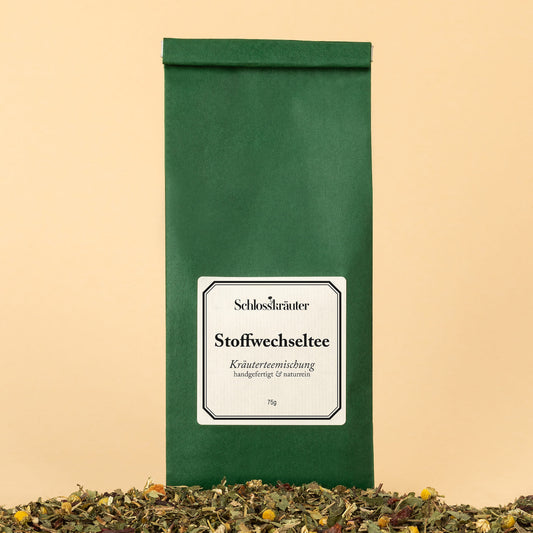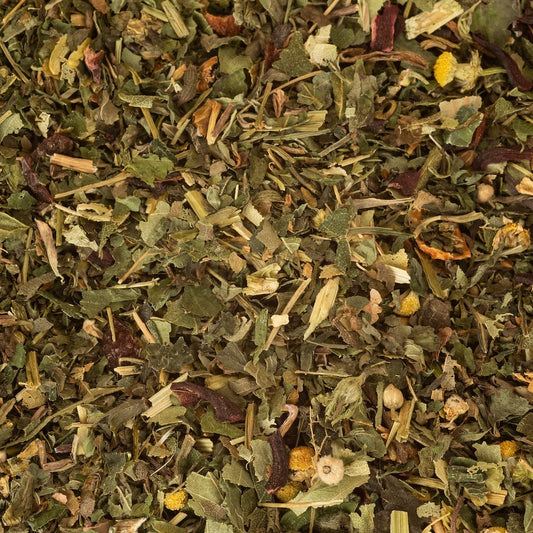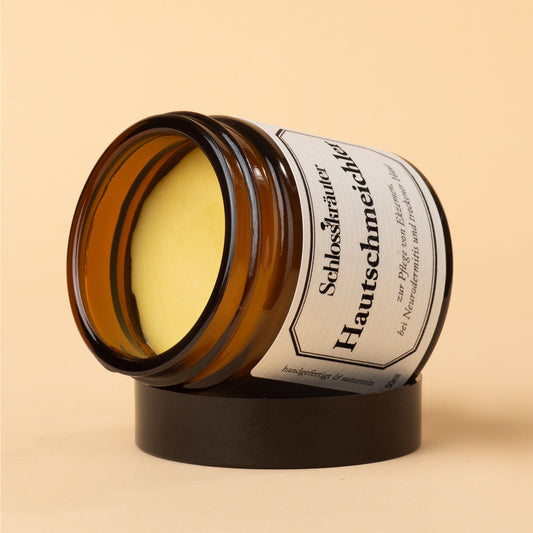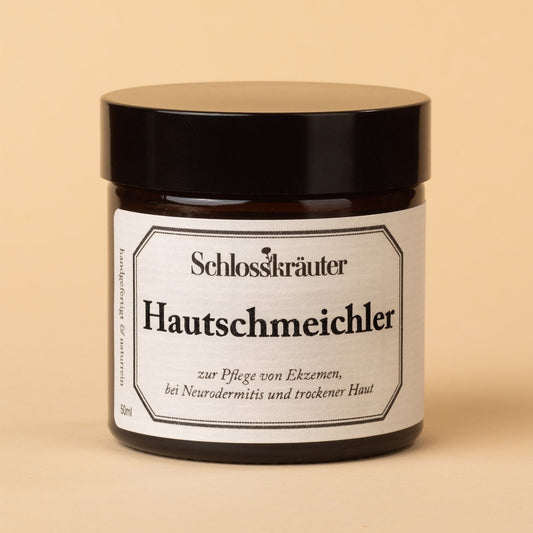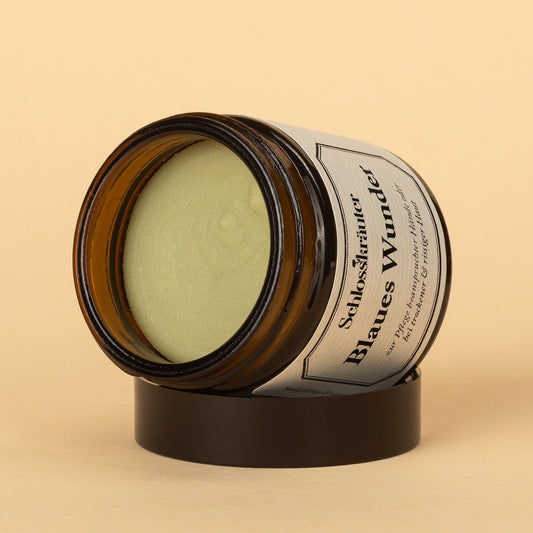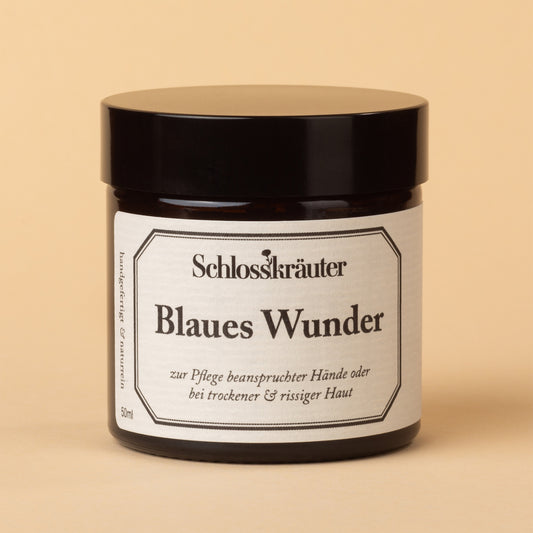Poplars belong to the willow family, which is why they are often found near water, on banks and alluvial forests, i.e. on moist soil, but also at the edges of forests, paths and in parks.
They are undemanding and grow quickly.
At home with us are mainly the
- Quaking aspen ( Populus tremula )
- White poplar ( Populus alba )
- Black poplar ( Populus nigra ). Unfortunately, this is on the red list of endangered species in Germany. River straightening led to the loss of habitats.

In early spring, i.e. from the end of February/beginning of March, even before the leaves develop, you should take a closer look at the buds: They are covered in a very sticky, balsamic-scented, spicy-bitter-tasting resin.
These buds have been known as a remedy since ancient times, they have been proven to have antibacterial and antifungal effects and promote wound healing in superficial skin injuries, hemorrhoids, chilblains and sunburn.
The famous medieval poplar ointment (known as unguentum populi ) was used as an ointment for hemorrhoids or as a cold ointment for burns.
Likewise, oil macerates from the buds were very popular.

The resin contains a mixture of many different essential oils, phenolic glycosides, including salicin, and flavonoids as other anti-inflammatory and analgesic compounds.
Bees also appreciate this and collect this resin, among other things, mix it with pollen and saliva, and line their combs with this waxy substance - known as propolis - to seal them and keep them germ-free. Cherry trees, horse chestnuts, conifers and other willow plants are also tapped by the bees for their "glue".
However, only the poplar buds, which are available in pharmacies under the name populi gemma, have recognized medical use.
Harvest time for collecting the buds yourself (preferably those of the black poplar) is in March and April, even before the buds open.
The leaves and bark are popularly used.
The aforementioned salicin is typically found in the bark of willow plants and was the forerunner in the development of acetylsalicylic acid, the active ingredient in aspirin.
If you are hypersensitive or allergic to salicylates or propolis, please do not use poplar bud and poplar bark extracts internally or externally.


